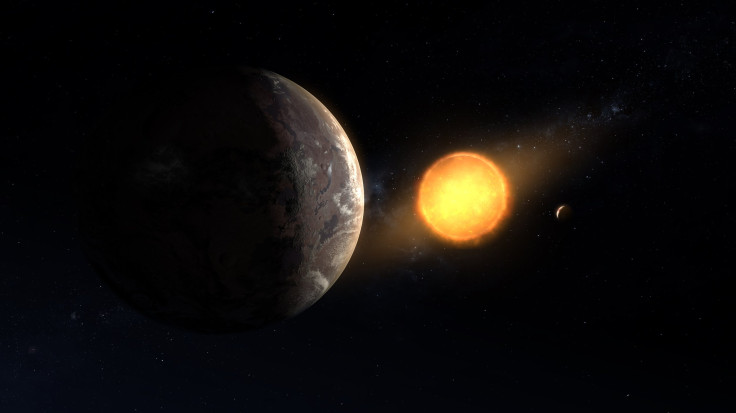Old Kepler Data Uncover New Potentially Habitable Earth-Sized Exoplanet
KEY POINTS
- Scientists discovered a new exoplanet through Kepler's old data
- Kepler-1649c is almost as big as Earth
- The new exoplanet could be a habitable world
After going through the old data collected by NASA’s Kepler space telescope, scientists came across a new exoplanet that’s about as big as Earth. Out of all the other known exoplanets, this new world could be the most habitable one yet.
Kepler was an exoplanet-hunting telescope launched by NASA in 2009. It was officially retired by the agency in November 2018.
Although Kepler’s mission has already ended, it seems the space telescope is still providing new information about the universe. Recently, a team of scientists from NASA went through the data collected by Kepler. While doing so, they came across a new exoplanet known as Kepler-1649c.
According to the scientists, this exoplanet remained undetected for a long time because computer algorithms misidentified it. However, after reviewing the data on its biosignature, the scientists discovered that the object is actually a planet.
Kepler-1649c lies about 300 light-years from Earth and is about 1.06 times larger than the planet. Kepler’s data shows that the exoplanet orbits a red dwarf star within the habitable zone. Planets that exist within this region around their host stars are known to have the right conditions to support liquid water. This means that exoplanets that are within the habitable zone can most likely support life.
Due to its distance from its host star, the scientists noted that the light received by Kepler-1649c from its star is about 75% of the sunlight that hits Earth. According to the scientists, this could mean that Kepler-1649c’s global temperature might be similar to that of Earth.
The factors discovered by the scientists about Kepler-1649c suggest that the exoplanet could be one of the most habitable worlds ever discovered. For the scientists, their discovery highlights the fact that a second Earth exists outside the Solar System.
“This intriguing, distant world gives us even greater hope that a second Earth lies among the stars, waiting to be found,” Thomas Zurbuchen of NASA’s Science Mission Directorate in Washington said in a statement.
“The data gathered by missions like Kepler and our Transiting Exoplanet Survey Satellite (TESS) will continue to yield amazing discoveries as the science community refines its abilities to look for promising planets year after year,” he added.

© Copyright IBTimes 2024. All rights reserved.





















